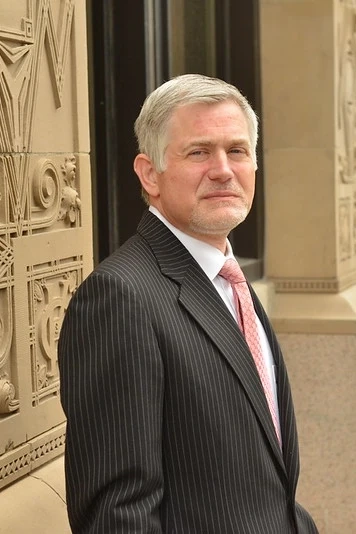Last Wednesday, the Supreme Court of the United States heard a criminal defense case involving whether police were required to give a 13-year-old boy Miranda warnings and whether the young teenager was in custody at the time he was questioned. The justices were divided along political lines as they questioned both sides during the oral arguments. While some justices worried that different standards of Miranda warnings would need to be applied to different age groups, other justices easily thought that a 13-year-old would interpret questioning by a police officer differently than an adult.
The main issue of the case is whether the seventh grade boy with special needs was in custody at the time of questioning and as a result entitled to his Miranda warnings. Miranda warnings protect criminal suspects from giving compelled self-testimony about that which they are accused. Generally, whether a person is “in custody” is determined under a reasonable person standard and whether that person felt free to leave after police questioning begins. Factors in determining custody are the nature of the discussion, length and location.
The 13-year-old boy in the case was believed to be involved in a string of theft cases in Chapel Hill, North Carolina in 2005. The boy was taken out of class and brought to a conference room for questioning where a police investigator, assistant principal, school intern and school resource officer were waiting. The four adults asked whether the boy would like to talk about some recent criminal activity. The boy agreed and the door was closed but not locked.
At first the boy denied any involvement in the string of residential robberies but then gave an admission. Afterward, the police officer told the seventh grader he did not have to answer any more questions but the boy continued to talk giving incriminating information. The four adults said the young boy never asked if he could leave the room or stop answering questions. At no point were the boy’s Miranda warnings given and his admission was later admitted as evidence.
Source: CNN, “Justices to decide if age counts for child suspects being questioned,” Bill Mears, 3/23/11






